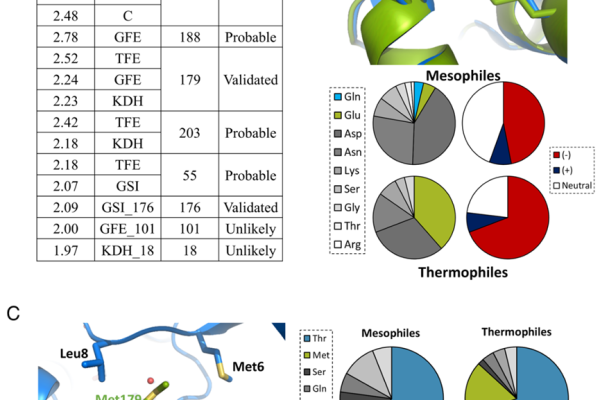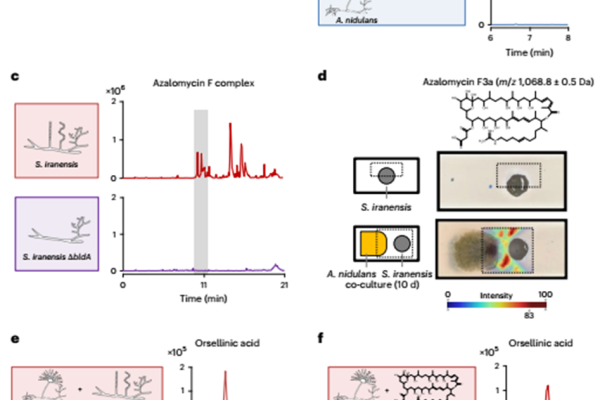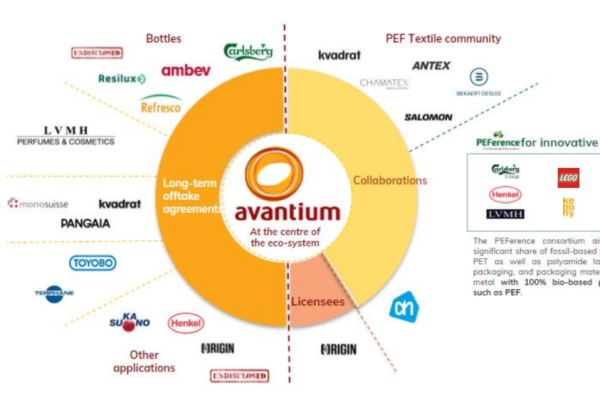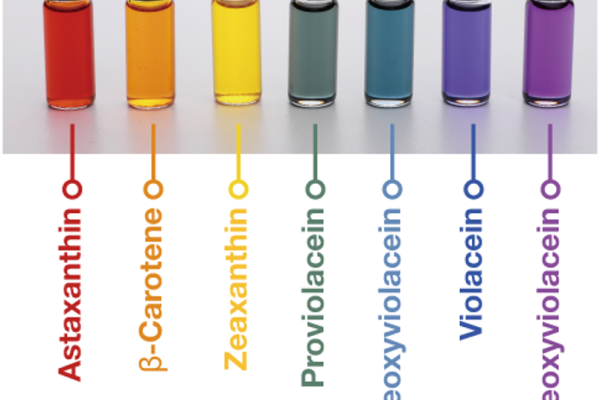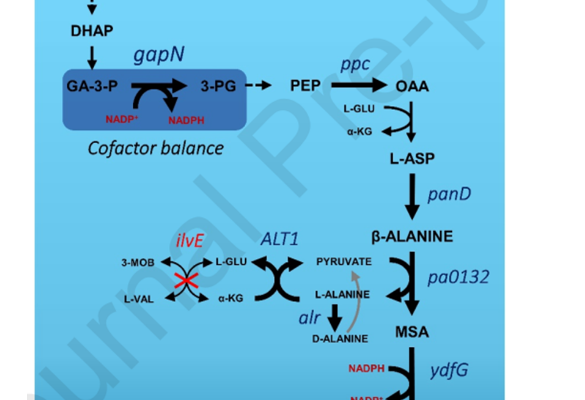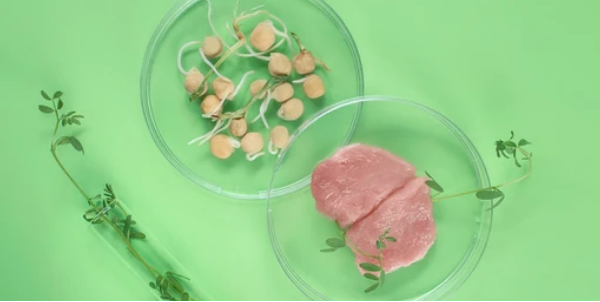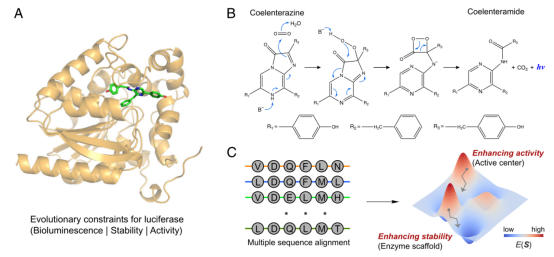
Generative model enhances enzyme activity and stability
Enzymes, as highly efficient catalysts evolved from nature, have fast turnover rates and precise specificity. Improving enzyme catalytic activity and stability is crucial in various biological, medical, and industrial applications. Multiple computational methods have been used to study the performance of enzyme variants, but accurately simulating the impact of mutants on enzyme catalytic ability remains…






